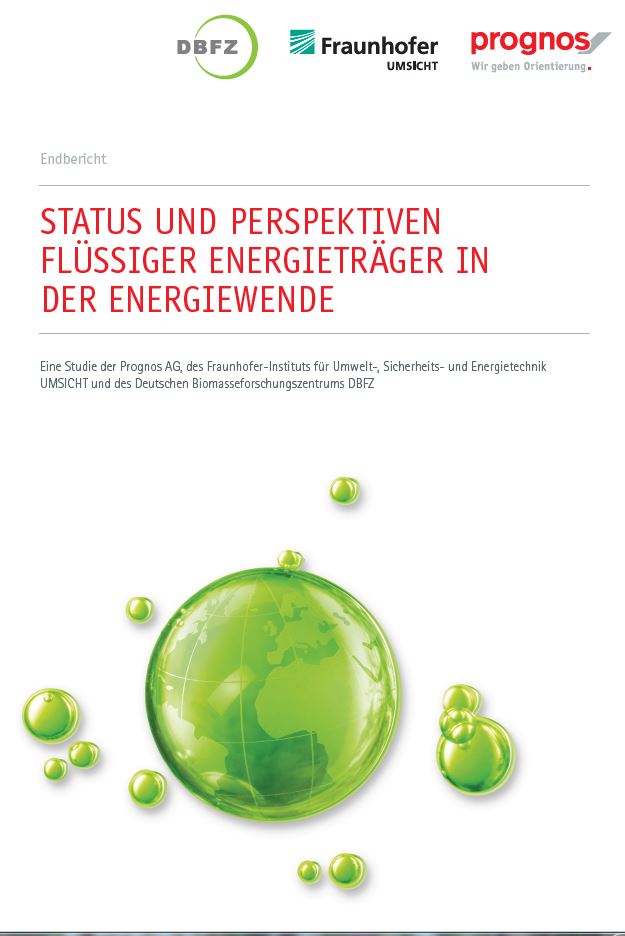Study published
Status and perspectives of liquid energy sources in the energy transition process
Together with Prognos and the German Biomass Research Centre (DBFZ), Fraunhofer UMSICHT is working on the study »Status and perspectives of liquid energy sources in the energy turnaround«.

With the 2015 Paris Climate Summit, the international community has set itself ambitious targets for the reduction of greenhouse gases. The German oil industry has declared the achievement of these goals to be one of its central concerns. In the study, Fraunhofer UMSICHT described the technological paths that result for the production of liquid energy sources from power-to-liquid.
Production of liquid energy carriers is technically mature
The key message of the final report is that greenhouse gas-neutral liquid energy sources can now be produced in a technically reliable way by converting electricity from renewable sources into a liquid energy source (power-to-liquid, PtL) using electrolysis hydrogen and carbon. The required carbon can be obtained from air or biomass (Power-and-Biomass-to-Liquid, PBtL).
With the TCR process (thermo catalytic reforming) developed in Sulzbach-Rosenberg, fuels (gasoline, diesel fuel) can be produced from residues such as sewage sludge or organic waste on a demonstration scale. Scaling to large-scale plants on an industrial scale is currently being implemented.
Conclusion: E-Fuels indispensable for climate-neutral energy supply
E-fuels of the next generation are therefore indispensable from today's perspective for a largely climate-neutral energy supply, according to the study. In individual application areas, such as mobility, synthetic fuels will be economically available in the medium term.
Last modified: